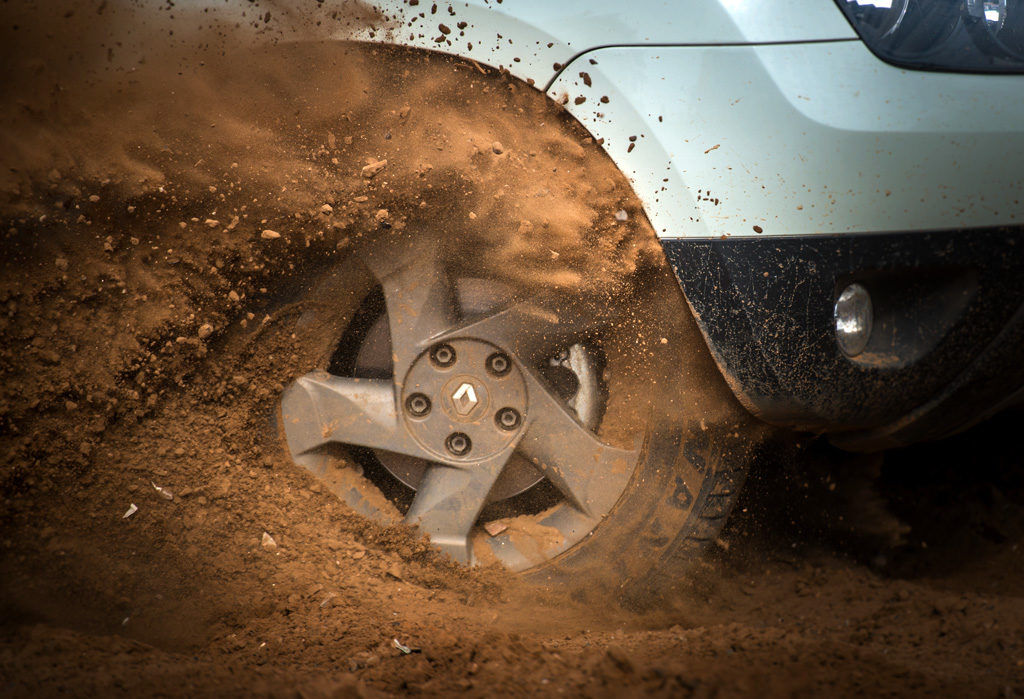Understanding of shutter speed is very essential in order to achieve perfect exposure. However the shutter speed can also be used in a creative way to express your image. As you understand a shutter is a flap in front of your image sensor which protects the light to get into the sensor till the time we press the shutter release button. When you press the shutter release button, the shutter opens and closes to let the light pass to the image sensor which creates an image. Now shutter speed is the duration of time it remains open. Fast shutter speed means it opens for a short duration. And slow shutter speed means it opens for a longer duration.
The shutter speed is measured in seconds. In fact just a fraction of second. For example shutter speed 1/60 means the shutter opens for 1/60th of a second. And it goes up to 1/8000th of a second. On the other side shutter speed 30” means the shutter remains open for 30 seconds.
A faster shutter speed always freezes the image movement because it remains open for a fraction of second. One of the most common practical applications is sports photography. 
See how the dust particles are captured sharply in the above image. And the wheel also appears as if it is not moving where as the car was moving at a faster speed.
A slower shutter speed blurs the motion of the subject because it remains open for a longer duration. Anything which moves during the longer exposure time becomes blurry. Anything which don’t, remains sharp.
Notice, the moving water and some of the leaf are giving blurry effect because both are moving. Also notice the water, there are no ripples at all. Rest of the elements in the picture is absolutely sharp. This can only be achieved with a slow shutter speed.
With slow shutter speed, we encounter camera shake. If the camera is hand held and we are using a slower shutter speed, a little camera movement can also produce a blurry image. Therefore it is always advisable to use a sturdy tripod particularly when you are using a slower shutter speed.
Since you understand the exposure triangle by now, you know how to achieve the desired shutter speed by controlling rest of the two elements of exposure triangle.


